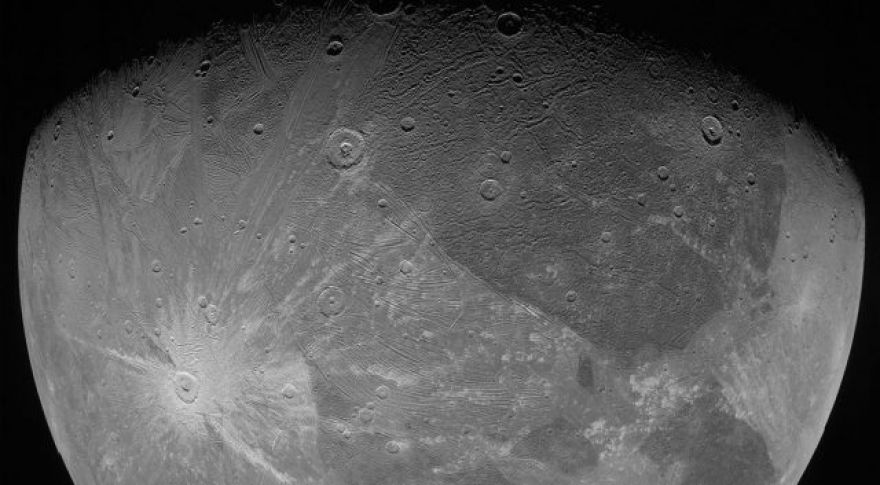
NASA’s Juno Spacecraft Snaps First Close-Ups of Ganymede in 20 years
NASA launched Juno in 2011 on a mission to study Jupiter. It succeeded, sending back invaluable data and some truly stunning images of the largest gas giant in our solar system. Now, Juno is enjoying an with a focus on the planet’s rings and system of moons. NASA pointed Juno toward the moon Ganymede recently, and the spacecraft has just .
Juno reached Jupiter in 2016, completing a series of highly eccentric orbits around the planet. This allowed the probe to avoid being fried by Jupiter’s intense radiation belts. NASA even opted to keep the spacecraft in its lingerie 53-day orbit of Jupiter early on due to engine problems.
NASA set Juno on course for a flyby of Ganymede on June 7th, marking the first time a spacecraft has made a close approach to the celestial body in more than 20 years. The last visitor was NASA’s Galileo orbiter, which studied Jupiter between 1995 and 2003. In 2000, it did a flyby of Ganymede, which is the largest moon in the solar system and the ninth-largest object overall. Like Europa and Enceladus, scientists suspect Ganymede could have a subsurface ocean that could support life.
Juno flew past the moon at an altitude of 645 miles, close enough for the JunoCam to capture almost an entire hemisphere of the planet in green, blue, and red filters. That allowed NASA to generate the above true-color image of the enormous moon. The JunoCam image has a resolution of about 0.6 miles (1 kilometer) per pixel, but there’s even sharper imagery from the Stellar Reference Unit, a navigation camera that helps the spacecraft remain on course. This camera is monochrome (not a huge problem for a flat gray planetoid) and has a resolution of between 0.37 to 0.56 miles (600 to 900 meters) per pixel.
A close-up pulled from Juno’s Stellar Reference Unit camera.
The images show the planet’s cratered surface in incredible detail. There are also long striations crisscrossing the moon, similar to Europa’s Linea without the distinctive coloration. Scientists speculate the grooves could be the result of tectonic activity driven by the intense gravitational pull from Jupiter, known as tidal heating.
NASA has only pulled a few images from Juno so far. It will get more data in the coming days, all of which will appear on the project’s for your viewing pleasure.
Now read: